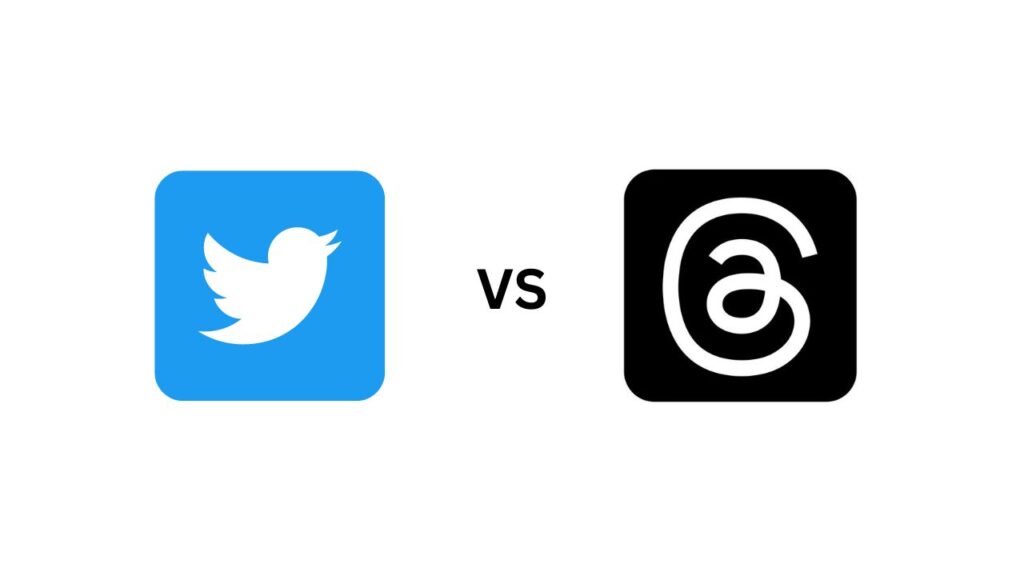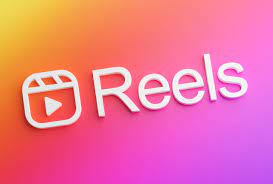The social media landscape is constantly evolving, and new platforms often emerge to challenge the dominance of established giants. One such contender is Threads, a mobile application introduced by Mark Zuckerberg, the CEO of Meta Platforms. With its unique features and rapid rise in popularity, Threads is being touted as a potential rival to Twitter. In this article, we will explore 10 major differences between Elon Musk’s Twitter and Mark Zuckerberg’s Threads, shedding light on their distinctive offerings and functionalities.
- Post Editing: Twitter recently introduced the ability for premium users to edit tweets, providing them with greater flexibility and control. Threads, however, does not currently offer post-editing functionality. Users on Threads need to delete a post or create a new one if they wish to make changes. However, Threads may incorporate post-editing in the future, considering the feature’s prevalence in other Meta-owned platforms like Instagram and Facebook.
- Accessibility: While Twitter allows users to access its platform through web browsers, Threads is exclusively designed as a mobile application. As of now, Threads does not offer a web version for browsing. Users must download the Threads app from the iOS or Android app stores to experience the platform fully.
- Direct Messaging: One notable difference is that Threads does not provide users with a direct messaging (DM) feature. Users are unable to establish private connections or engage in direct messaging within the Threads app. In contrast, Twitter offers in-app messaging, allowing users to communicate privately with others.
- Hashtags: Threads currently lacks support for hashtags, which have become ubiquitous on platforms like Twitter. However, it is expected that Threads will soon incorporate hashtag functionality, following in the footsteps of other Meta-owned platforms such as Instagram and Facebook.
- Alt Text Customization: Threads currently lack the option for users to customize the alt text or alternative text for images and videos shared on the platform. This could potentially hinder accessibility for visually impaired users, as Threads relies on computer-generated alt text. Unlike many other social media platforms, Threads does not offer users the ability to provide their descriptive alt text.
- Availability: Twitter initially started as a website but later expanded to include mobile applications for Android and iOS. In contrast, Threads is currently available exclusively as a mobile app, aligning with Meta’s approach of creating app-centric experiences. A web version of Threads may not be available shortly.
- Account Sync: Twitter allows users to log in using various options like email, phone number, or username. It operates independently and is not tied to any other app. However, Threads is synced with Instagram, and users can only log in to Threads using their Instagram account. This integration means that Threads cannot be used independently without an Instagram account.
- Price and Verification: Twitter introduced a verification subscription program called Twitter Blue, offering benefits such as additional word count, ad-free browsing, and the coveted blue tick verification badge. Meta followed suit with Instagram but only offers verification as a service. Threads inherit the verification from Instagram, providing users with a blue tick but without the additional benefits offered by Twitter Blue. Both platforms charge a similar subscription fee, approximately 799 per month.
- Multimedia Posts: Both Twitter and Threads allow users to post website links, videos, and images. However, Threads allows users to share up to 10 items in a single post, while Twitter has a limit of four items per tweet. Additionally, posting GIFs on Threads requires saving them to the camera roll first, whereas Twitter allows direct posting of GIFs.
- Text Limit and Feed Curation: Twitter’s long-standing reputation for its 140-character limit was revised to 280 characters. Threads, however, impose a hard stop at 500 characters, offering a more concise format. Threads also lack in-app messaging, which Twitter provides for private conversations. Furthermore, Threads does not support searching beyond usernames and accounts, and hashtags do not function within the platform’s feed. In contrast, Twitter offers two feed options: one based on user preferences and another based on the accounts users follow.
While Threads and Twitter may share some similarities in terms of being social media platforms, they offer distinct experiences for users. Threads’ exclusive mobile focus, integration with Instagram, and unique features differentiate it from Twitter. However, Threads is still a work in progress, with ongoing developments expected to address some of the limitations highlighted in this article. As the social media landscape continues to evolve, the competition between established players and emerging contenders like Threads will shape the future of online communication.








